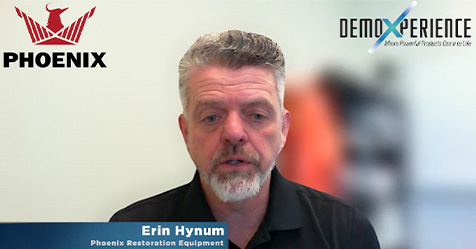Deep Cleaning the International Space Station
Some microbes spread even better in the microgravity environment than on Earth
As facilities on Earth continue their strict cleaning routines more than one year into a pandemic, professional cleaners may fantasize about a place where they can have a break from their routine, perhaps outer space. But they’d be mistaken.
Astronauts on the International Space Station follow a strict cleaning schedule every Saturday, dusting, cleaning, and disinfecting their living quarter surfaces, Space.com reports.
Careful not to bring the SARS-CoV-2 virus into the station, astronauts quarantine before arrival and make sure all newly delivered equipment is free of pathogens. However, keeping potentially dangerous microorganisms in check is still an important part of safe living in a closed environment where air is constantly recycled.
Astronauts use disinfectant wipes to sanitize handrails, handheld microphones, computers, and anything else they touch to minimize their bacterial trail. They take turns cleaning the messiest areas, such as Node 3, which contains the toilet and exercise equipment, and Node 1, where the astronauts eat.
Space center inhabitants also regularly vacuum the ventilation grids, which collect all the debris that floats in the cabin. A blocked ventilation grid could impair the station’s carbon dioxide scrubbing mechanisms, making the air inside unfit for breathing.
Studies have found that many types of microorganisms thrive in the space station, with some doing even better in the microgravity environment than on Earth. The station’s microbiome changes as crews rotate, since each astronaut brings their own unique set of microbes with them, which then colonize the station’s interior. This makes the station a perfect spot for studying new cleaning technology.
The space station currently hosts several experiments that test various antibacterial and antiviral materials designed to prevent the growth of microorganisms. These materials may not only make future space travel safer, they could also make living on Earth healthier. Such materials could protect doorknobs, elevator buttons, and other high-touch areas.


